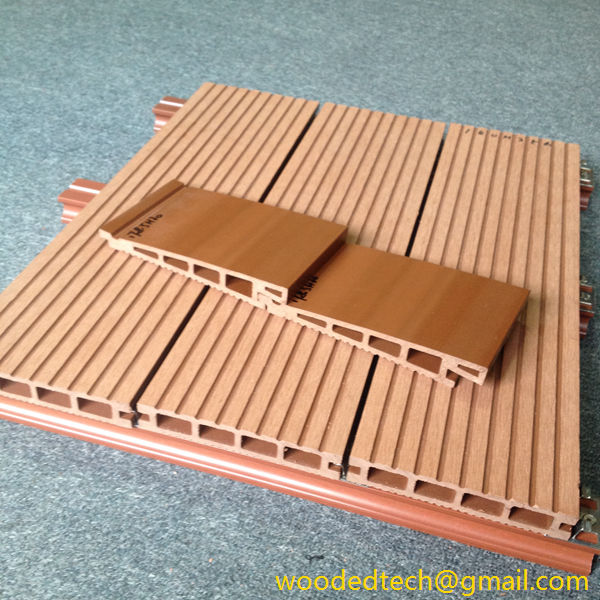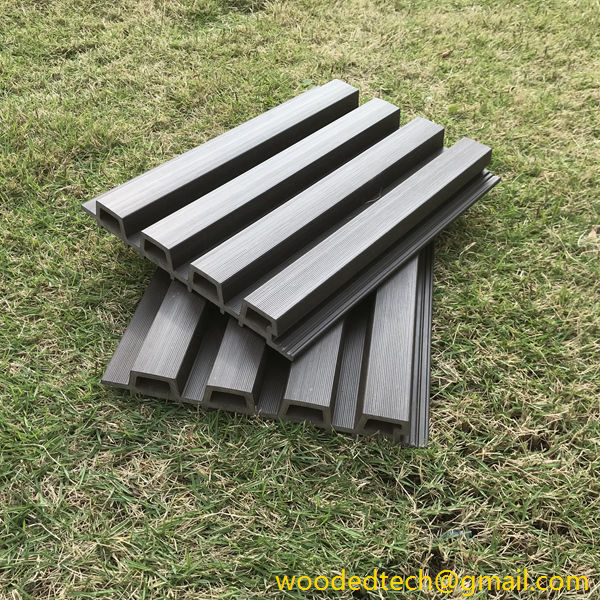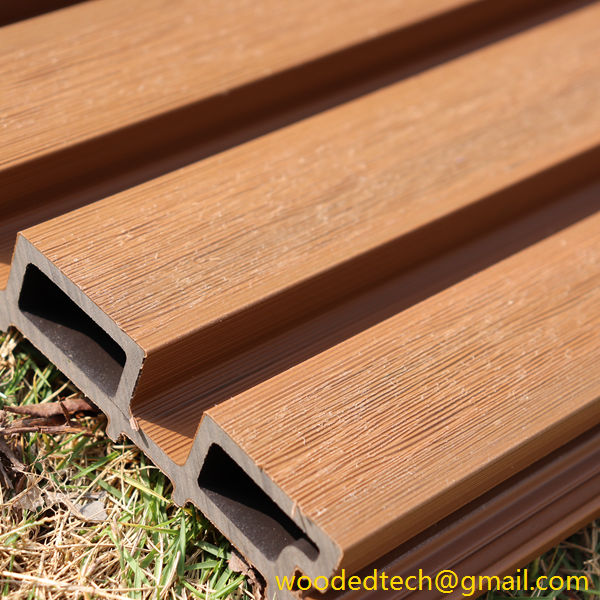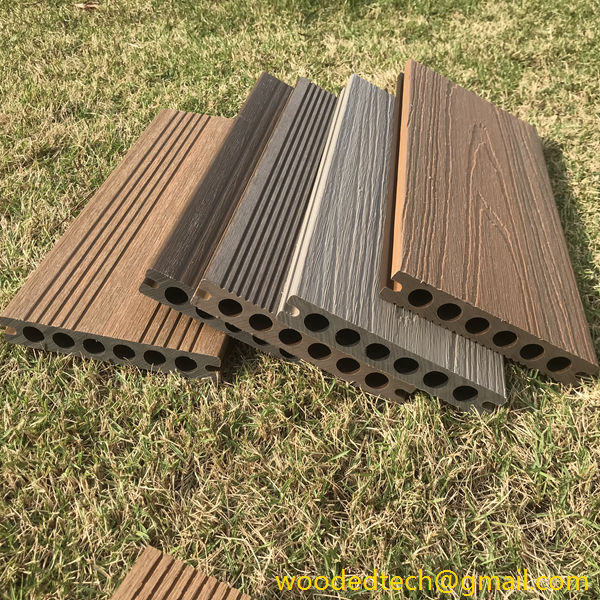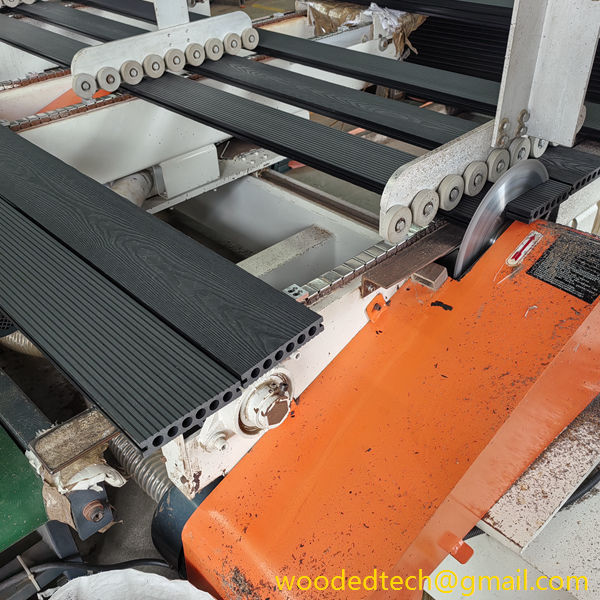The Versatility of Wall WPC Panels in Modern Design
In recent years, Wall Wood Plastic Composite (WPC) panels have emerged as a significant innovation in the world of modern design. These panels, which combine the natural beauty of wood with the durability and low maintenance of plastic, offer a unique solution for both residential and commercial spaces. The production process of WPC panels plays a critical role in their versatility, making them suitable for various applications and contributing to their growing popularity.
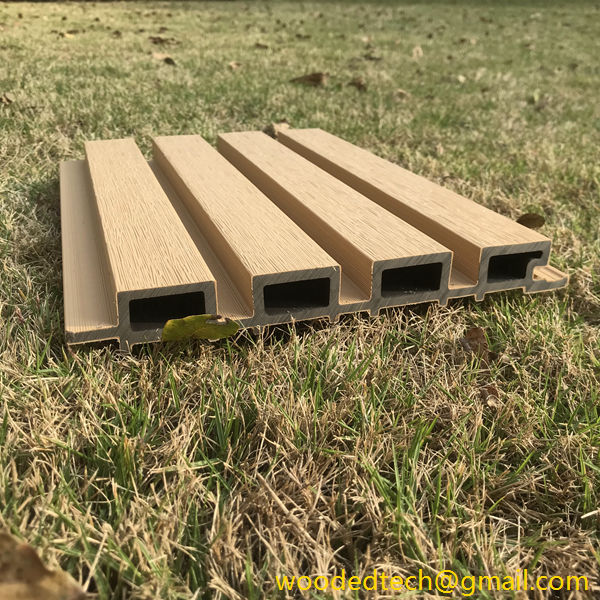
The production of WPC panels begins with the careful selection of raw materials. Typically, the composite is made from a blend of wood fibers or wood flour, thermoplastics, and additives. The wood fibers provide an authentic appearance and texture, while the thermoplastics, often polyethylene or polyvinyl chloride, enhance durability and resistance to environmental factors. The choice of materials is crucial as it impacts the aesthetic qualities, structural integrity, and overall performance of the panels.
Once the raw materials are selected, they undergo a process called compounding, where they are mixed together in precise proportions. This stage is essential for ensuring a uniform distribution of components, which ultimately affects the panel’s strength and appearance. The blending of wood fibers with plastics not only increases the material’s resistance to moisture and decay but also helps in achieving a variety of finishes and colors, making WPC panels adaptable to different design themes.
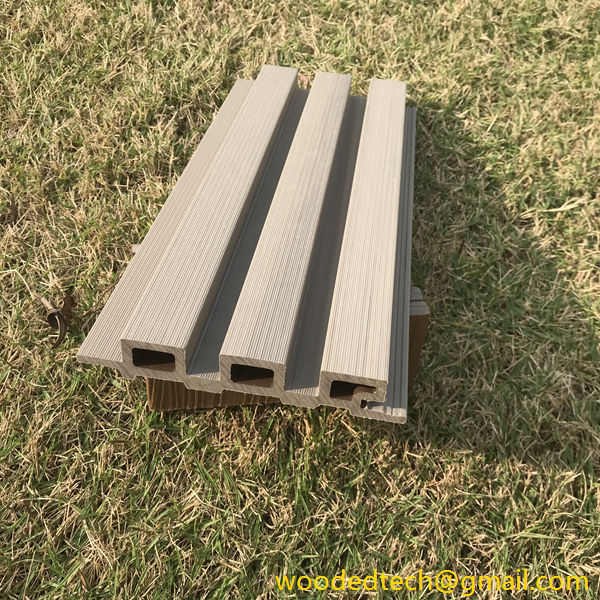
The next step in the production process involves extrusion, a method that shapes the compounded material into the desired panel form. During this stage, the mixture is heated and forced through a die, creating long sheets of WPC. This technique allows for the production of panels with consistent thickness and width, which is vital for installation and aesthetic appeal. The extrusion process can also be modified to create textured surfaces that mimic natural wood grains, further enhancing the visual versatility of the panels.
After extrusion, the panels are cooled and cut to size, ready for finishing. This finishing process can include sanding, staining, or applying protective coatings, depending on the desired end product. The ability to customize the surface finish allows designers to create unique looks that can complement various interior or exterior styles. Whether it is a sleek modern finish or a rustic farmhouse appearance, WPC panels can be tailored to meet the specific needs of a project.
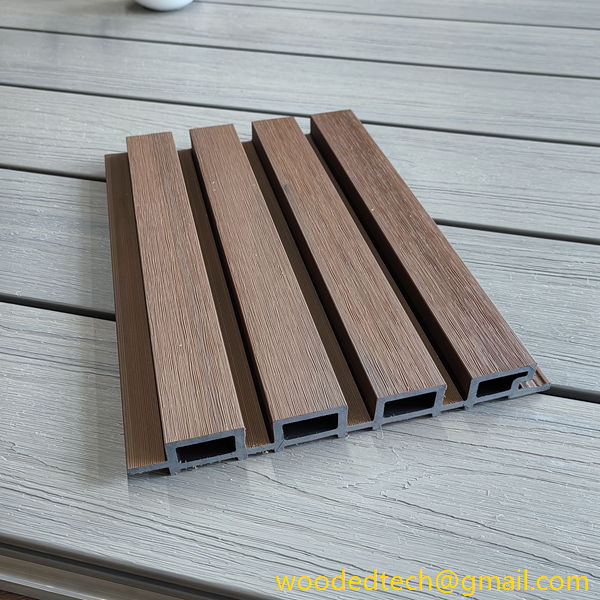
One of the most significant advantages of WPC panels is their sustainability. The production process often incorporates recycled materials, contributing to a reduction in waste and promoting environmental responsibility. Moreover, WPC panels are designed to last longer than traditional wood panels, as they are resistant to rot, pests, and fading. This durability means fewer replacements over time, making WPC a more sustainable choice for builders and homeowners alike.
In terms of installation, WPC panels are relatively easy to work with, which further enhances their versatility. They can be installed in various settings, including walls, ceilings, and even furniture. The lightweight nature of WPC panels simplifies transportation and handling, making them an attractive option for contractors and DIY enthusiasts. Additionally, their interlocking design allows for seamless installation and reduces the need for extensive tools or specialized skills.
The adaptability of WPC panels extends beyond their physical properties. They can be utilized in a wide range of design applications, from residential living spaces to commercial environments. In homes, WPC panels can be used to create feature walls, accent panels, or even outdoor living spaces that withstand the elements. In commercial settings, they can enhance the visual appeal of offices, restaurants, and retail spaces, offering a modern aesthetic with practical benefits.
As modern design trends continue to evolve, the demand for materials that are both functional and aesthetically pleasing has increased. WPC panels meet this demand by offering a versatile solution that marries style with performance. With ongoing advancements in production technology, it is likely that the applications and possibilities for WPC panels will continue to expand, making them a staple in contemporary design.
In conclusion, the production process of Wall WPC panels is integral to their versatility in modern design. From the selection of raw materials to the final finishing touches, each stage contributes to the panels’ durability, aesthetic appeal, and sustainability. As designers and architects seek innovative solutions for their projects, WPC panels stand out as a practical and stylish choice, capable of transforming any space while addressing the challenges of contemporary living.

